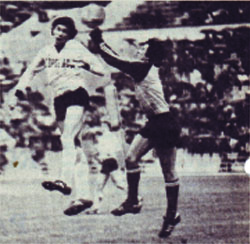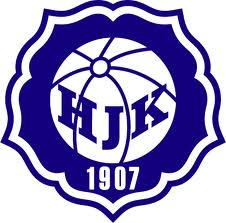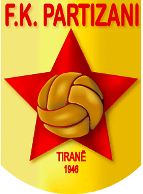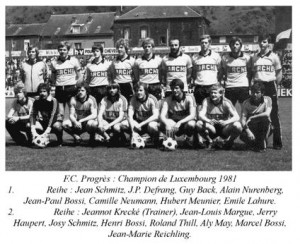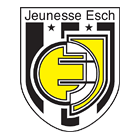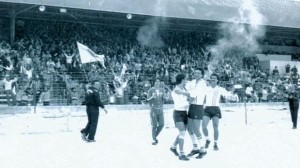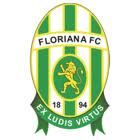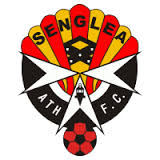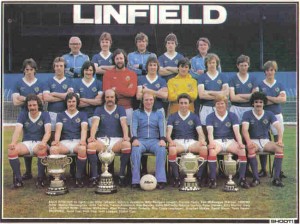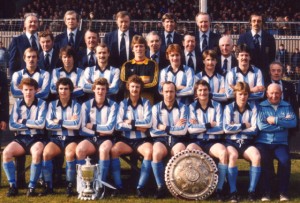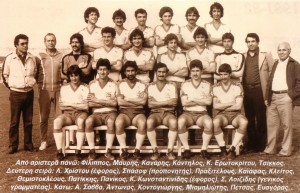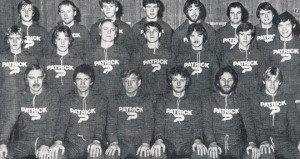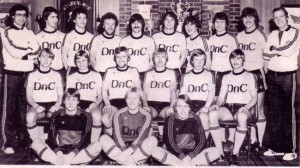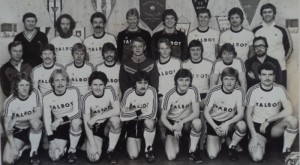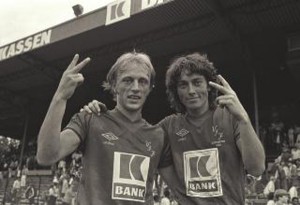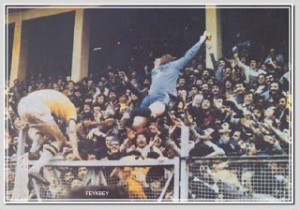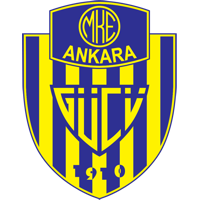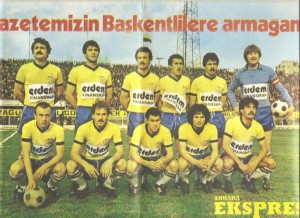The championship was nothing special and perhaps the only drama involved relegation – Galatasaray, Fenerbahce, and Besiktas were strangely weak this season, so there was no competing for the title, but for escaping relegation instead. Equal league, as it turned our, every team depending mostly on home games and scoring little. Only half the league managed to score one per game or more goals on average. Five points were the difference between silver medals and relegation at the end of the season. Fretting over survival could be exciting too, but hardly anybody wants such excitement.
Orduspor finished last with 20 points. Three points better was Mersin Idmanyurdu, taking the 15th place. Both teams dropped out of the race early, becoming hopeless outsiders, which was no surprise. The battle for escaping the 14th place was fierce and at the end goal-difference decided the unlucky team: 5 clubs finished with 29 points. So equal was the league this season that a barely escaping relegation team finished with positive goal-difference! As for the losers, they were minus 7 goals – in most countries teams with such negative goal-difference are often solidly sitting in mid-table!
 So one can pity Rizespor, going down.
So one can pity Rizespor, going down.
On the other hand, lucky boys: newcomers Boluspor was safely 13th. Demirspor (Adana) – 12th, Altay (Izmir) – 11th, and perhaps luckiest of them all – Fenerbahce, 10th.
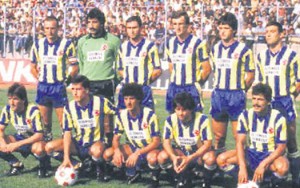 This was probably the worst season of Fenerbahce ever – instead of fighting for the title, they just tried to stay in the league. Why they were so bad is hard to tell, largely because the other big Istanbul clubs were also bad. Yet, what a shame – to be happy to escape relegation and that on better goal-difference!
This was probably the worst season of Fenerbahce ever – instead of fighting for the title, they just tried to stay in the league. Why they were so bad is hard to tell, largely because the other big Istanbul clubs were also bad. Yet, what a shame – to be happy to escape relegation and that on better goal-difference!
 Bursaspor was also seemingly going down – they finished 9th – but their downfall was understandable: they had their few strong years, but were not the kind of club able to stay strong for long. The good years run their course, now it was the other way.
Bursaspor was also seemingly going down – they finished 9th – but their downfall was understandable: they had their few strong years, but were not the kind of club able to stay strong for long. The good years run their course, now it was the other way.
But good and bad were very relative this year – Bursaspor finished with 30 points.
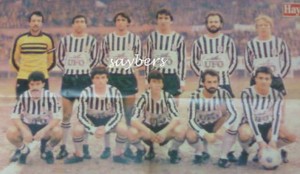 Besiktas was 5th with 31 points. Who was really going down? Besiktas outside the title race… much higher than Fenerbahce, yet, with only 2 points more and losing more matches than Fenerbahce…
Besiktas was 5th with 31 points. Who was really going down? Besiktas outside the title race… much higher than Fenerbahce, yet, with only 2 points more and losing more matches than Fenerbahce…
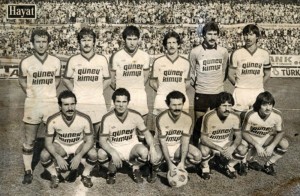 Excellent season for Gaziantepspor, then – they were 4th, unusually high placed. Good for the boys, but… they had worse goal-difference than Fenerbahce, finishing with measly 23-22 record. But 2 points better than Besiktas! If only they earned 2 more points… but they did not.
Excellent season for Gaziantepspor, then – they were 4th, unusually high placed. Good for the boys, but… they had worse goal-difference than Fenerbahce, finishing with measly 23-22 record. But 2 points better than Besiktas! If only they earned 2 more points… but they did not.
 Galatasaray was 3rd with 34 points. No comfort… for club and fans third place is a disaster. They were not in the title race at all. Did not even got European spot, for Turkey had a single UEFA Cup spot. Big deal the arch-enemy was in danger of relegation – no trophy, no Europe, plain nothing.
Galatasaray was 3rd with 34 points. No comfort… for club and fans third place is a disaster. They were not in the title race at all. Did not even got European spot, for Turkey had a single UEFA Cup spot. Big deal the arch-enemy was in danger of relegation – no trophy, no Europe, plain nothing.
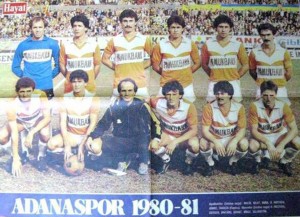 Now, here is a happy team – Adanaspor (Adana) clinched 2nd place. Not only silver was a fantastic achievement for otherwise insignificant club, but they edged Galatasaray, a matter of big pride, and earned the Turkish spot in the UEFA Cup as well. A season to be remembered and locally nobody cared that the team was hardly better than the rest of the league – they were just stubborn and a bit lucky. 34 points after 30 games is nothing great after all, but such was the season and Adanaspor got the best out of it. The best, for they were not title contender, perhaps even not concerned with the title.
Now, here is a happy team – Adanaspor (Adana) clinched 2nd place. Not only silver was a fantastic achievement for otherwise insignificant club, but they edged Galatasaray, a matter of big pride, and earned the Turkish spot in the UEFA Cup as well. A season to be remembered and locally nobody cared that the team was hardly better than the rest of the league – they were just stubborn and a bit lucky. 34 points after 30 games is nothing great after all, but such was the season and Adanaspor got the best out of it. The best, for they were not title contender, perhaps even not concerned with the title.
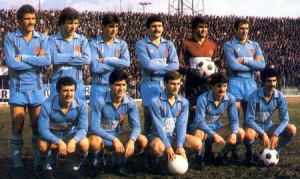 This season belonged solely to Trabzonspor. It may not have been their strongest year, but with all competition in shambles, the boys easily sailed to yet one more title. 16 wins – they were the only team to win more than 50% of the championship matches – 7 ties and 7 losses gave them 5 points lead at the end. Best defense and best striking record in the league too: 41-21. Trabzonspor dominated the championship plain and simple.
This season belonged solely to Trabzonspor. It may not have been their strongest year, but with all competition in shambles, the boys easily sailed to yet one more title. 16 wins – they were the only team to win more than 50% of the championship matches – 7 ties and 7 losses gave them 5 points lead at the end. Best defense and best striking record in the league too: 41-21. Trabzonspor dominated the championship plain and simple.
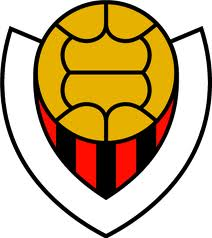 Vikingur Reykjavík kept the title in the capital, which was wonderful since they had too many rivals at home – Reykjavik was represented by 4 teams in the top league. Vikingur played a splendid season, mostly excelling in winning – they won 11 of their 18 championship matches. Fram lost only 2 matches – halve of the losses Vikingur suffered – but they tied halve of their total games.
Vikingur Reykjavík kept the title in the capital, which was wonderful since they had too many rivals at home – Reykjavik was represented by 4 teams in the top league. Vikingur played a splendid season, mostly excelling in winning – they won 11 of their 18 championship matches. Fram lost only 2 matches – halve of the losses Vikingur suffered – but they tied halve of their total games.